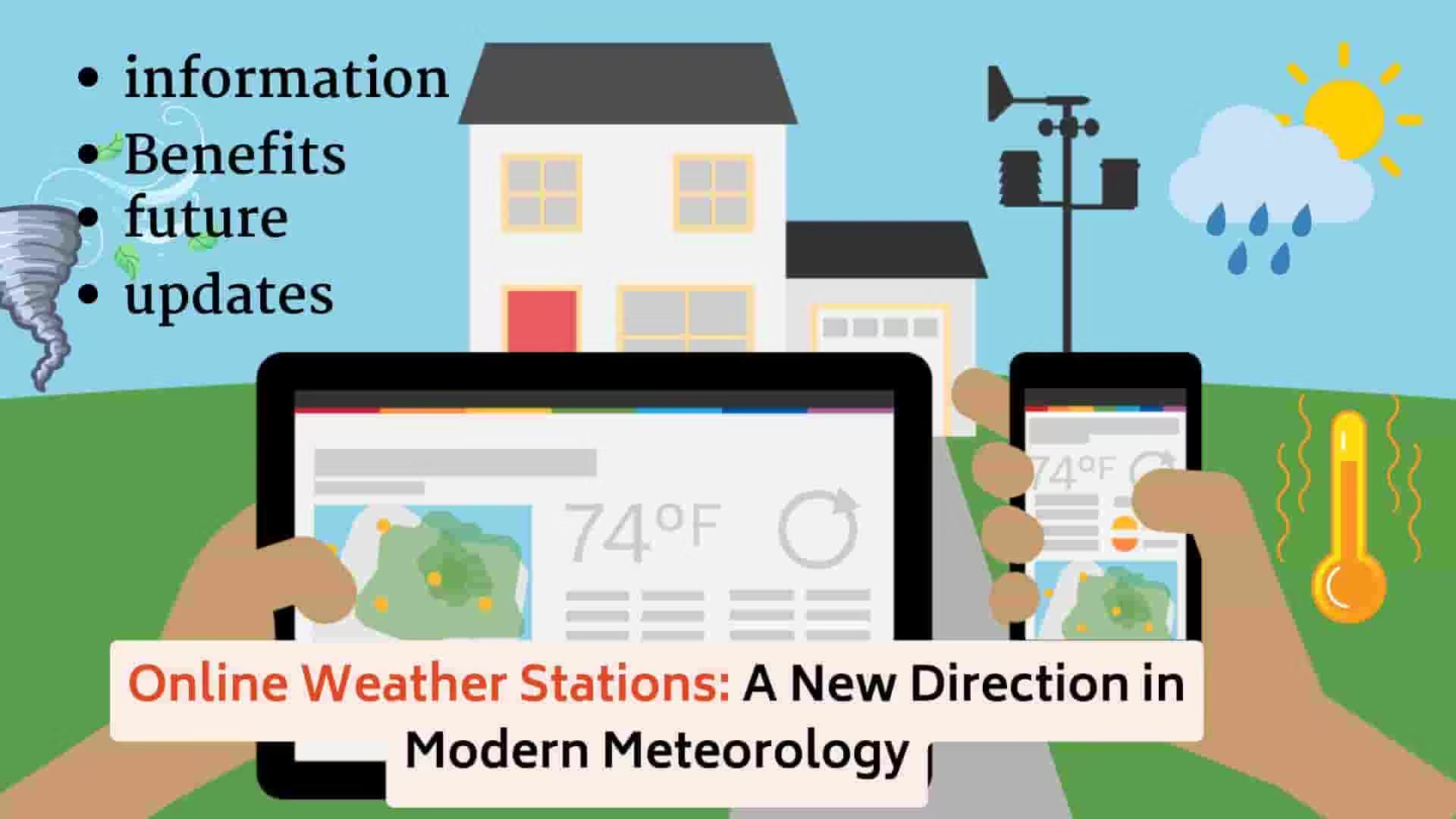Online Weather Stations: In recent years, technological advancements have made it easier than ever for people to stay informed about the weather with the help of online weather stations.
Online weather stations have emerged as a technology in meteorology that allows us to get real-time, local weather data online that can be accessed from anywhere.
In this article, we will discuss the evolution of online weather stations, their benefits and future prospects, and how they play a role in modern weather forecasting.
Development of weather stations
Weather stations have evolved a long time ago. They have existed for centuries, but traditionally were limited to government and research institutions.
Earlier, physical instruments such as barometers, anemometers, and thermometers were used to collect meteorological data,
which were operated by trained professionals.
This was very difficult. These stations, although accurate, were limited by their geographical locations and the expertise required to interpret the data. This has now become possible without even requiring them.
Currently, with the advent of digital technology and the Internet, we have become very easy to collect weather data. Using online weather stations, we get information about local weather in real time using modern systems, digital sensors, and connectivity.
Functioning of online weather stations
Online weather stations consist of several key components:
- Sensors: These are used to measure various meteorological parameters such as temperature, humidity, wind speed, wind direction, and atmospheric pressure. Advanced models can measure UV index, rainfall, and even soil moisture using sensors.
- Data logger: This records the data collected by the sensors and stores the information temporarily before it is sent to a server.
- Transmitter: Sends information collected by the data logger to a central server or cloud-based system.
- Servers and software: Central servers process incoming data then integrate it with other weather information. Software applications and websites display this data in the form of graphs, charts, and maps
- User interface: Users can access this data through a web browser or mobile apps, allowing users to view and analyze weather data in real time. Many platforms also provide historical data, alerts, and forecasting tools.
Benefits of online weather stations
- Localized information: Unlike general weather forecasts, online weather stations provide localized information. This is especially useful for activities that depend on microclimate, such as agriculture, outdoor sports, and emergency planning.
- Real-time updates: Continuous data stream ensures that users get real-time information about changing weather conditions
Conclusion
Online weather stations are a breakthrough in meteorological technology that provide real-time local weather information that is possible with any internet connection, giving us accurate and timely data.

